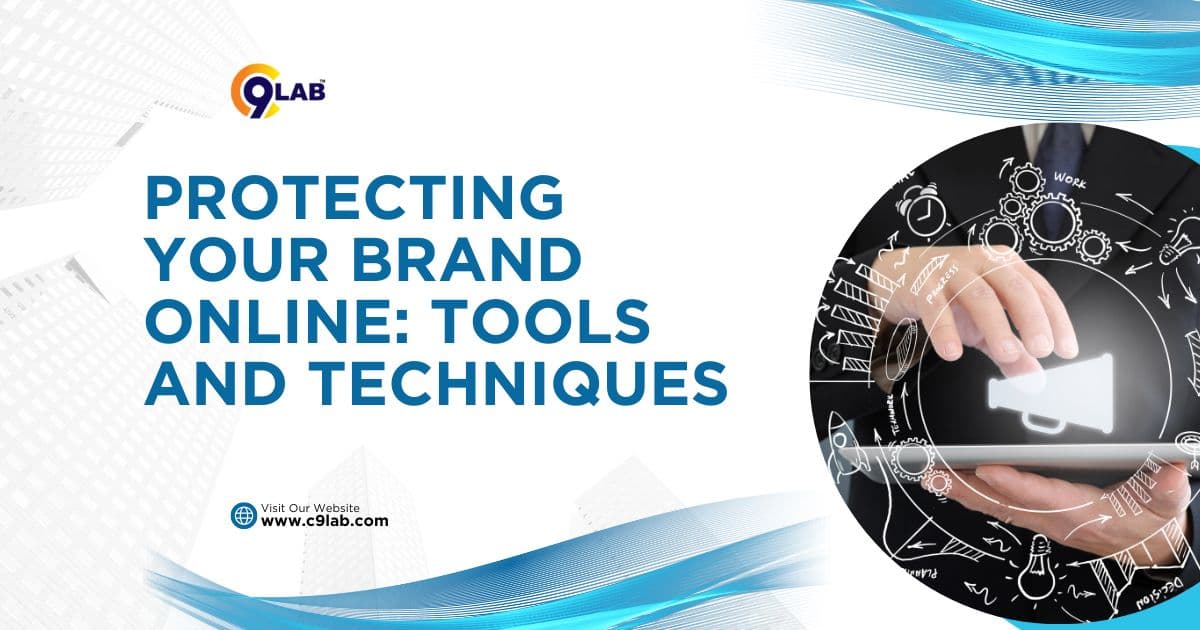
Protecting Your Brand Online: Tools and Techniques
In the digital era, protecting your brand online is more critical than ever. With the increasing prevalence of cyber threats and brand impersonation, businesses must adopt robust strategies to safeguard their reputation and digital assets. Here are some essential tools and techniques to effectively protect your brand online.
1. Monitor for Brand Imitation
Brand imitation is a common threat where malicious actors create fake websites, social media profiles, or apps mimicking your brand to deceive customers and steal sensitive information.
Tip: Utilize comprehensive brand protection tools like QSafe, which scans for imitation domains, content, and social media profiles to prevent scams and protect your brand integrity.
2. Implement Domain Protection
Securing your domain names and monitoring for any imitations or infringements is crucial. Cybercriminals often register similar domain names to trick your customers into thinking they are interacting with your official site.
Tip: Regularly check for and register domain names similar to your brand to prevent misuse. QSafe can help detect fraudulent domains mimicking your official website.
3. Secure Your Social Media Profiles
Social media is a vital platform for brand engagement but also a target for impersonation. Protecting your social media profiles from being hijacked or mimicked is essential.
Tip: Use social media monitoring tools to detect fake profiles and posts. QSafe monitors social media for any unauthorized use of your brand and takes action to remove fraudulent profiles.
4. Protect Your Digital Content
Ensure that your digital content is protected from unauthorized use and duplication. Content theft can harm your brand’s reputation and lead to loss of trust among your audience.
Tip: Implement digital rights management (DRM) solutions and regularly scan the web for copied content. QSafe scans for imitating content that could mislead customers or damage your reputation.
5. Monitor the Dark Web
The dark web is a breeding ground for cybercriminal activities where stolen data and compromised credentials are often traded. Monitoring the dark web can help you detect potential threats to your brand early.
Tip: Employ dark web monitoring tools to keep an eye on any mention of your brand or leaked sensitive data. QSafe provides extensive darknet monitoring to identify and mitigate threats to your brand.
6. Educate Your Employees
Employees are your first line of defense against cyber threats. Regular training and awareness programs can help them recognize and respond to potential threats effectively.
Tip: Conduct regular cybersecurity training sessions for your employees. Tools like C9Phish offer AI-based awareness evaluation and tailored training programs to strengthen your team’s cybersecurity knowledge.
7. Use Secure Communication Channels
Ensure that all communication channels used by your brand are secure. This includes email, social media, and customer support channels. Encrypting communication can prevent data breaches and unauthorized access.
Tip: Use secure email protocols and encryption for all sensitive communications. Regularly audit your communication channels for vulnerabilities.
8. Engage with Your Audience
Regularly engage with your audience through official channels to build trust and establish authenticity. Promptly address any concerns or reports of fraudulent activities related to your brand.
Tip: Maintain active communication with your audience on social media and through newsletters. Encourage them to report any suspicious activities related to your brand.
FAQs
1. Why is online brand protection important?
Online brand protection is crucial to maintain your brand’s reputation, prevent customer deception, and safeguard your digital assets from cyber threats and impersonation.
- How can QSafe help in protecting my brand?
QSafe is a comprehensive brand protection tool that detects and mitigates risks from imitation domains, content, apps, and social media profiles. It also monitors the dark web for any threats to your brand.
- What are the risks of not monitoring social media for brand impersonation?
Not monitoring social media for brand impersonation can lead to fraudulent profiles deceiving your customers, spreading false information, and damaging your brand’s reputation.
- How can I protect my digital content from being copied?
Implement digital rights management (DRM) solutions and regularly scan the web for duplicated content. QSafe can help detect and take action against copied content that could harm your brand.
- What steps can I take to secure my domain names?
Register domain names similar to your brand to prevent misuse, regularly monitor for any imitations, and use tools like QSafe to detect fraudulent domains.
Conclusion
Protecting your brand online requires a multi-faceted approach involving vigilant monitoring, secure practices, and the right tools. By monitoring for brand imitation, securing your domains, protecting digital content, and educating your employees, you can significantly reduce the risk of brand-related cyber threats.
Incorporating tools like QSafe for comprehensive brand protection and C9Phish for cybersecurity awareness can further enhance your defense mechanisms. Stay proactive, stay informed, and prioritize online brand protection to maintain your business’s integrity and trust.
